ASTM A333 seamless carbon steel pipes are engineered for performance in low-temperature environments where notch toughness is crucial. These pipes are widely used in industries such as oil and gas, power generation, LNG, and cryogenic systems.
What Is ASTM A333?
ASTM A333 seamless carbon steel pipe is a standard for seamless steel pipe for low-temperature service developed by the American Society for Testing and Materials (ASTM). It is specifically designed for pressure vessel piping and heat exchanger systems operating in extremely low-temperature conditions. This type of steel pipe is known for its excellent low-temperature impact toughness. It can maintain stable mechanical properties in harsh environments ranging from -45°C to -195°C, effectively preventing the occurrence of low-temperature brittle fracture. Based on different alloy compositions and performance requirements, the ASTM A333 standard is further subdivided into multiple grades, from Grade 1 to Grade 11, of which Grade 6 is the most widely used.
ASTM A333 Seamless Carbon Steel Pipes Available Grades
The production and application of ASTM A333 seamless carbon steel pipe adheres to a rigorous international standard system, ensuring consistent product quality and performance. As the core specification, ASTM A333/A333M specifies detailed technical requirements for seamless and welded carbon and alloy steel pipe for low-temperature service, including chemical composition, mechanical properties, heat treatment requirements, test methods, and dimensional tolerances. The equivalent ASME SA-333/SA-333M standard provides additional material requirements for pressure vessel applications. Both standards are often cited together as the basis for procurement and technical agreements. In the Chinese market, GB/T18984-2003, "Seamless Steel Pipe for Low-Temperature Piping," also specifies similar technical requirements, providing more options for engineering design.
The ASTM A333 standard is divided into 11 grades, from Grade 1 to Grade 11, based on different alloy systems and applicable temperatures, each targeting specific low-temperature applications. Grade 6 is the most widely used carbon steel cryogenic pipe, suitable for temperatures as low as -45°C. Grades 3 and 4 contain approximately 3% nickel and are suitable for temperatures as low as -100°C. Grade 8, containing 9% nickel, can be used in cryogenic environments as low as -195°C. This grading system enables engineers to select the most economical and appropriate material for specific operating temperatures, avoiding underperformance or overdesign.
The ASTM A333 standard includes several grades suitable for different applications:
Grade 1
Grade 3
Grade 4
Grade 6 (most commonly used)
Grade 7
Grade 8
Grade 9
Grade 10
Grade 11
Each grade varies in chemical composition and mechanical properties, depending on service requirements.
Key Specifications of ASTM A333 Seamless Pipes
Outside Diameter (OD): NPS 1/8″ to 30″
Wall Thickness (WT): 2.0 mm to 60 mm
Schedules Available: SCH 40, SCH 60, XS, SCH 80, SCH 100, SCH 120, SCH 140, SCH 160, XXS
Lengths:
Single Random: 17′ to 24′
Double Random: 36′ to 44′
These dimensions make ASTM A333 pipes suitable for a wide range of engineering and construction needs.
|
Processing Method
|
Seamless and Welded
|
|
Size Range
|
1/8"- 48" / DN6 - 1200
|
|
Thickness Schedule
|
SCH 10, SCH 20, SCH 40, STD, XS, SCH 100, SCH 120, SCH 160, XXS
|
|
Length
|
6m or 12 m or Random
|
|
Standard
|
ASME B36.10M
|
|
Surface Treatment
|
Blasting and Painting , Epoxy Powder FBE, 2PE, 3PE Coating
|
|
Material Grade
|
ASTM A106B / A53, API 5L B / X42 / 46 / 52 / 56 / 60 / 65 / 70, A333 GR 6
|
How to choose ASTM A333 seamless carbon steel pipe correctly?
When purchasing ASTM A333 seamless carbon steel pipe, multiple technical factors should be considered comprehensively. First, the operating environment, such as the minimum design temperature, operating pressure, and media type, should be clearly defined to determine the required material grade and performance requirements. Next, the pipe specifications, including outer diameter, wall thickness, and length, should be confirmed. Common outer diameters range from 21.3mm to 762mm, with wall thicknesses ranging from 2.0mm to 140mm, covering nearly all common requirements. Most projects require normalized delivery to ensure low-temperature toughness.
When selecting suppliers, prioritize professional manufacturers or authorized distributors with comprehensive quality assurance systems. They can provide comprehensive reports on chemical composition, mechanical properties, heat treatment, non-destructive testing, and, where necessary, third-party inspection certificates. Tianjin Baiyitong and Shandong Wangrong are well-known domestic suppliers with long-term partnerships with major steel mills.
Price is also a crucial factor. The price of ASTM A333 seamless pipe is influenced by raw materials, processing, specifications, quantity, and market supply and demand. When purchasing, consider comparing prices and ensuring quality while striving for the best value. At the same time, you can use the formula: (outer diameter - wall thickness) × wall thickness × 0.02466 = KG/M to calculate the theoretical weight and avoid cost errors.
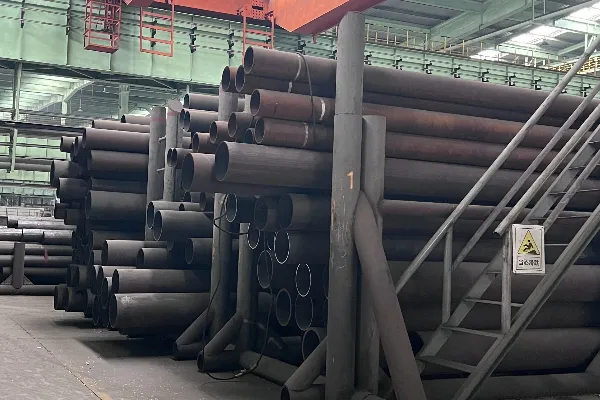
Benefits of ASTM A333 Seamless Carbon Steel Pipe
Excellent low-temperature toughness
Strong dimensional accuracy
Good weldability and machinability
Long service life under harsh conditions
Wide availability in multiple grades and sizes
These advantages make them a top choice for critical applications.
Baowi steel is one of the leading manufacturers and suppliers of ASTM A333 seamless carbon steel pipes in China. We offer factory-direct pricing, stable stock, and quick delivery of:
ASTM A333 Grade 6 seamless steel pipe
ASTM A333 Grade 3 welded steel pipe
Customized low-temperature carbon steel solutions
Feel free to contact us for quotes or technical support. We support large-scale procurement and international shipping.






 English
English Español
Español بالعربية
بالعربية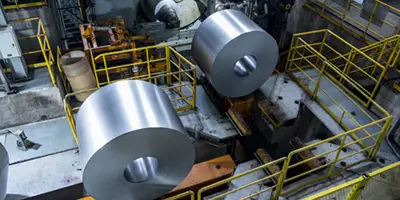

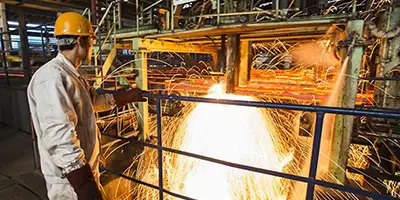
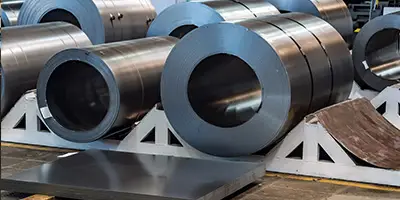

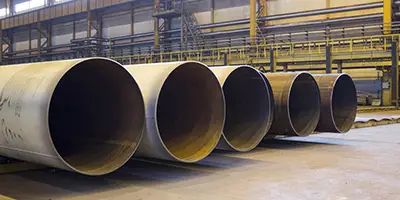

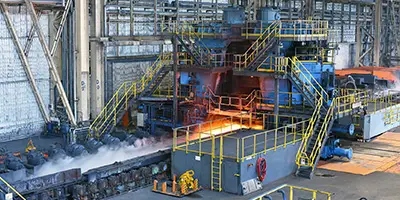
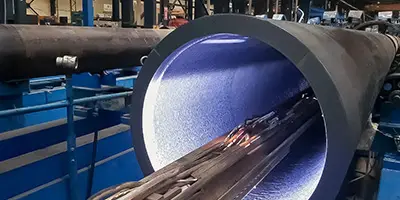
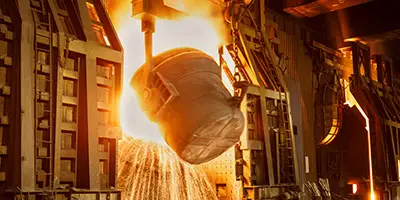


 Phone :
Phone :  Whatsapp :
Whatsapp :  Email :
Email : 


